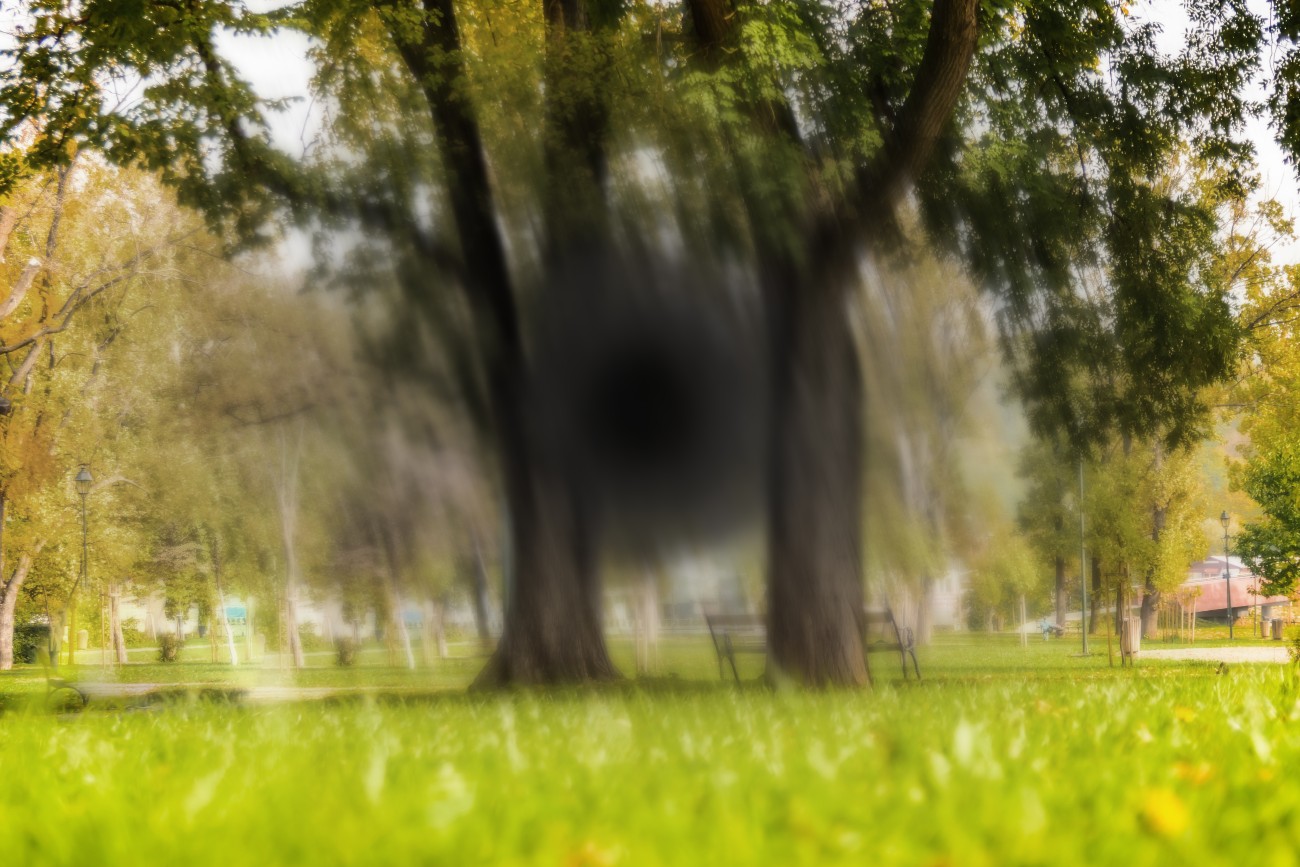If you’re over the age of 60, then it’s important for you to know about age-related macular degeneration (AMD). This eye disease is the leading cause of severe and permanent vision loss for older adults. AMD is when the macula, a small part of your retina, wears down and worsens your vision over time. You can search online to learn more about how macular degeneration can impact your vision.
Unfortunately, there is no cure for AMD. However, it may be able to be treated – which is why it’s important to know the symptoms of the two types of AMD. Search online to learn more about how macular degeneration can appear.
Here’s what you need to know about macular degeneration.
Types of Macular Degeneration and Their Symptoms
Macular degeneration affects the retina, which is a thin tissue that lines the back of the eyes. You can find the macula in the center of the retina. The macula contains light-sensitive cells that give people sharp vision. When the macula region begins to die, it gives people distorted and blind spot vision.
Early symptoms of macular degeneration include:
- Shadowy areas in your central vision
- Unusually fuzzy or distorted vision
- Difficulty seeing details
- Reduced vision in one or both eyes
- Glare sensitivity
There are two types of macular degeneration: dry and wet. Dry macular degeneration is the most common form of AMD that affects 85 percent of people with the disease. Both diseases can affect one or both of the eyes. While symptoms are similar, there are some key differences.
Symptoms of dry macular degeneration include:
- Need for more light
- Blurred vision
- Less vivid color vision
- Slower progression
Wet macular degeneration is characterized by the leaking fluid that comes from small blood vessels that develop under the macula. Symptoms of this type include:
- Vision changes are more sudden and severe
- Straight lines appear wave
- Dark or gray spot appears in the middle of one’s vision
Stages and Risk Factors of Macular Degeneration
Not only are there different types of AMD, but there are also different stages. The stages determine how far the disease has progressed and the amount of vision loss a patient is experiencing.
The three stages of AMD are:
- Early AMD — Diagnosed when there is a presence of medium-sized yellow deposits (drusen) beneath the retina. There is usually no vision loss in this stage.
- Intermediate AMD — Eye exams will find larger drusen deposits or pigment changes in the retina. There may be some vision loss.
- Late AMD — Patients experience noticeable vision loss.
Unfortunately, there is no way to prevent AMD. This is an age-related disease that increases your risk as you get older. Those with a family history can also be more prone to AMD. Other risk factors of macular degeneration include:
- Having light-colored irises
- Far-sightedness
- High levels of C-reactive protein
- Being female
While certain risk factors can make people more vulnerable to this disease, macular degeneration is an age-related disease. This means anyone can develop it as they grow older, especially once they reach the age of 60.
Diagnosing and Treating Macular Degeneration
There are a few ways ophthalmologists can diagnose macular degeneration. They may perform several tests for confirmation. First, they will do an examination of the abc of your by putting drops to dilate them. This allows doctors to see any fluid, blood, or drusen around the retina.
Since AMD impacts your central vision, doctors may use an Amsler grid to test for defects in your vision.
Other tests that may be performed are:
- Fluorescein angiography — Allows doctors to take images to show if you have leaking abnormal blood vessels.
- Indocyanine green angiography — An injected die that is used to confirm the findings of a fluorescein angiography.
- Optical coherence tomography — Imaging test that identifies areas of thinning, thickening, or dwelling of the retina.
There is no cure or exact treatment for this disease. For people in early stages of AMD, it’s recommended they eat a healthy diet high in antioxidants. This can support the cells of the macular in early stages of dry AMD. Doctors may also suggest supplements to ensure patients are receiving a proper amount of antioxidants.
Low vision rehabilitation is another form of treatment. This will help you find ways to adapt to your changing vision to successfully drive, read, and recognize faces. Surgery may also be an option for people with advanced dry AMD. It can help to improve vision by inserting a telescopic lens into both eyes.
Preventing and Living With Macular Degeneration
An estimated 11 million people in the U.S. have age-related macular degeneration, and that number is expected to double by 2050. The good news is blindness is rare with AMD since many patients maintain their peripheral vision.
See your eye doctors if you’re experiencing any vision trouble, especially if you fall under one of the risk factors. You can also search online to learn more about its symptoms and treatment options.
